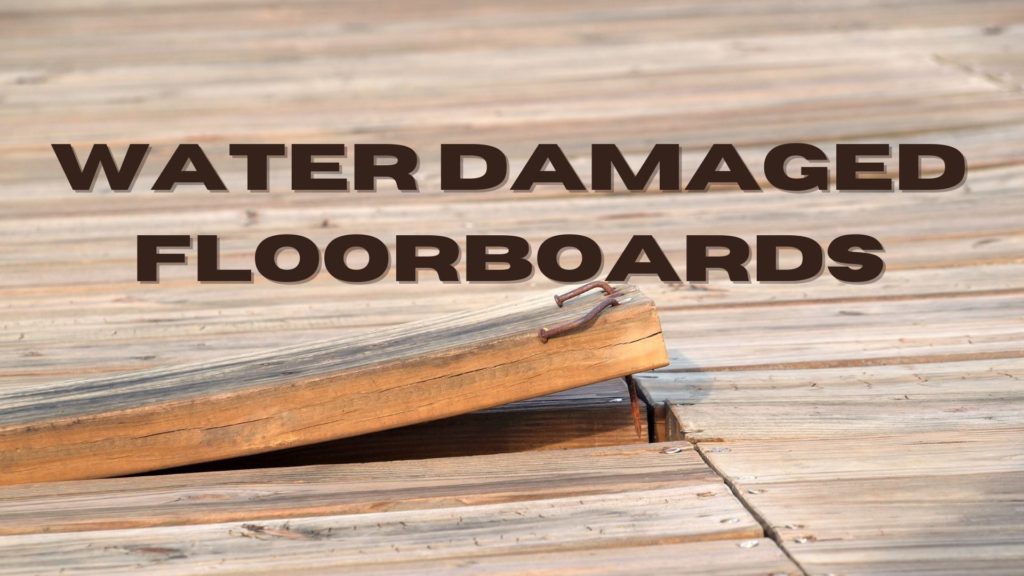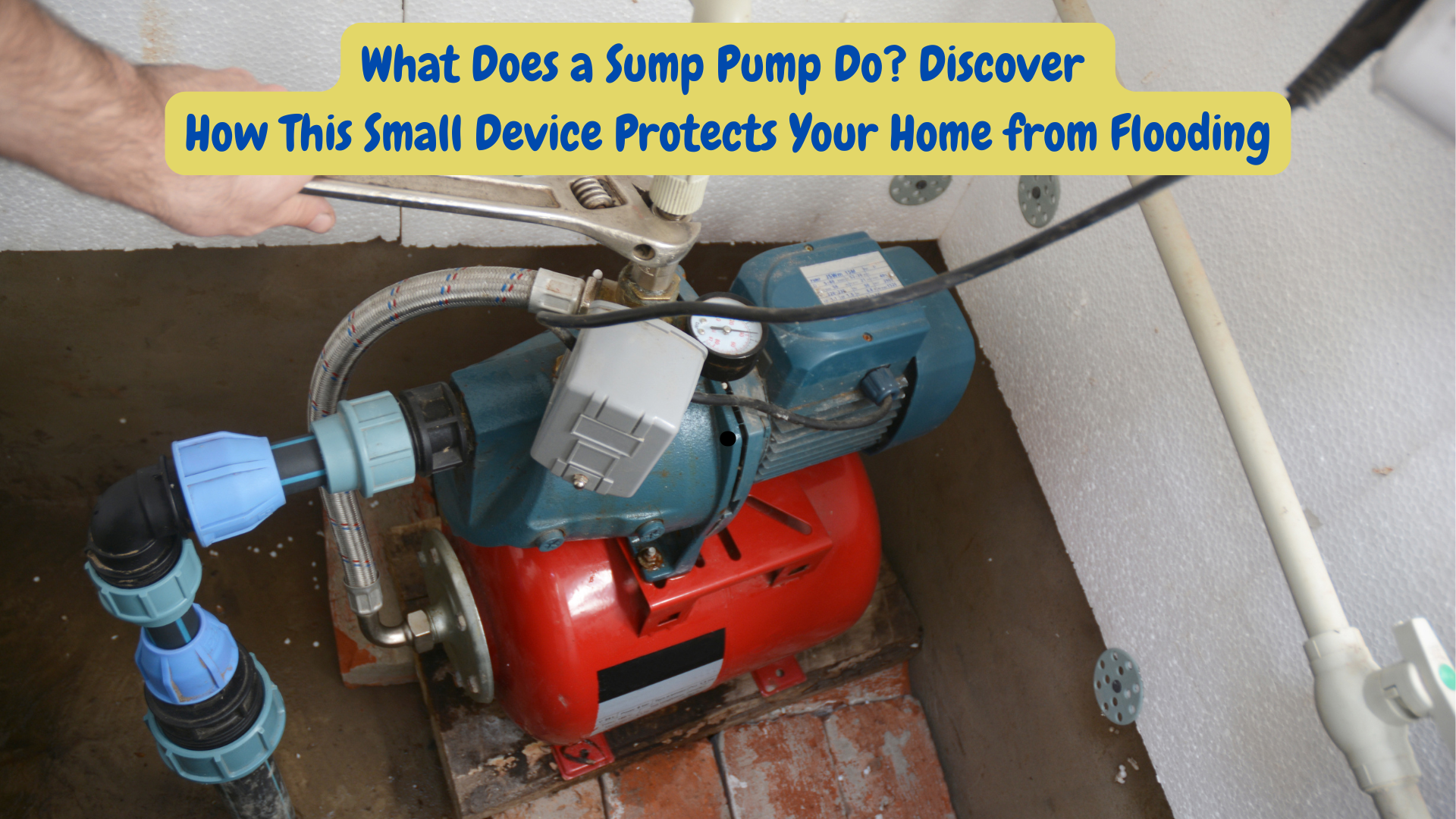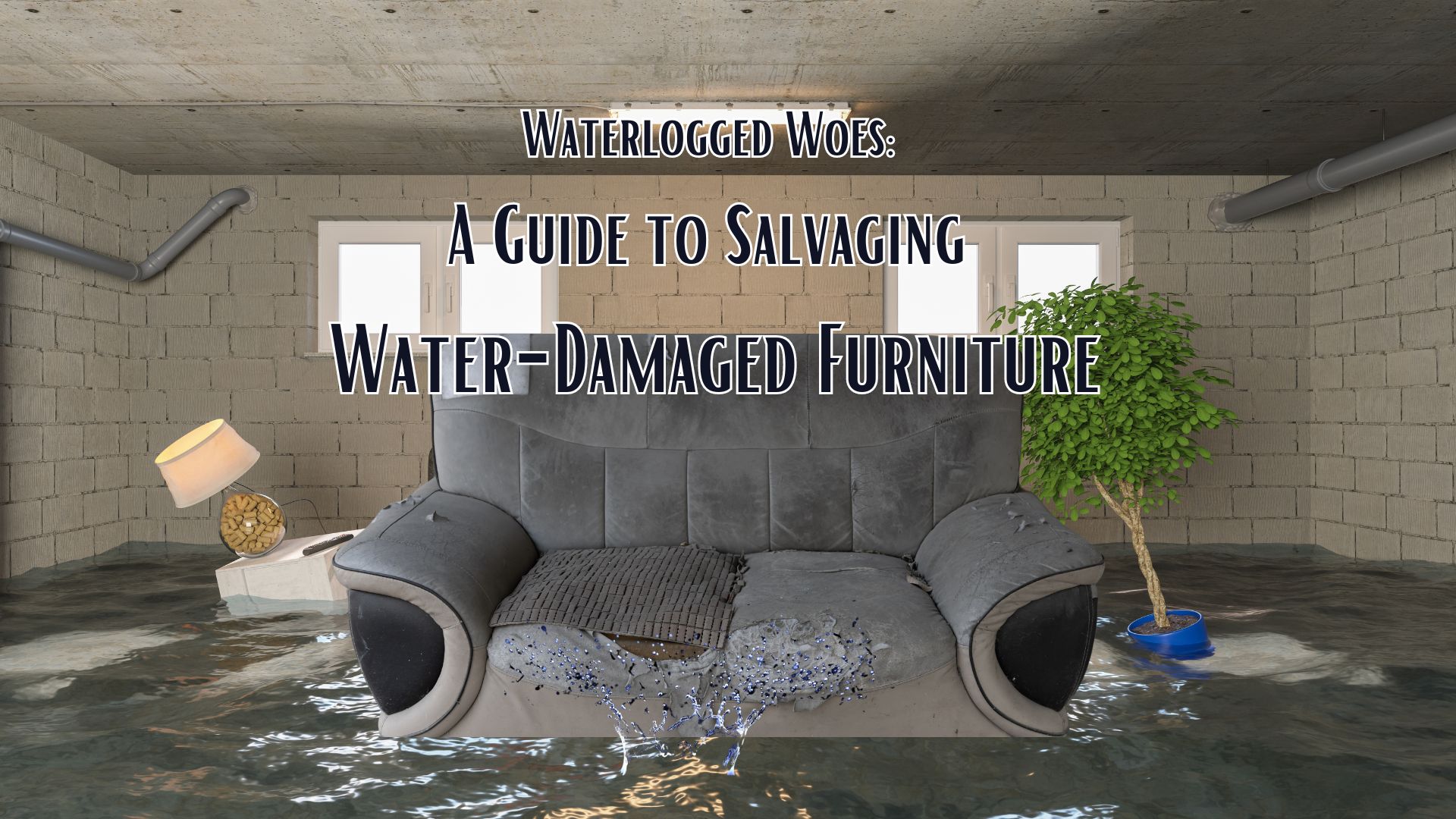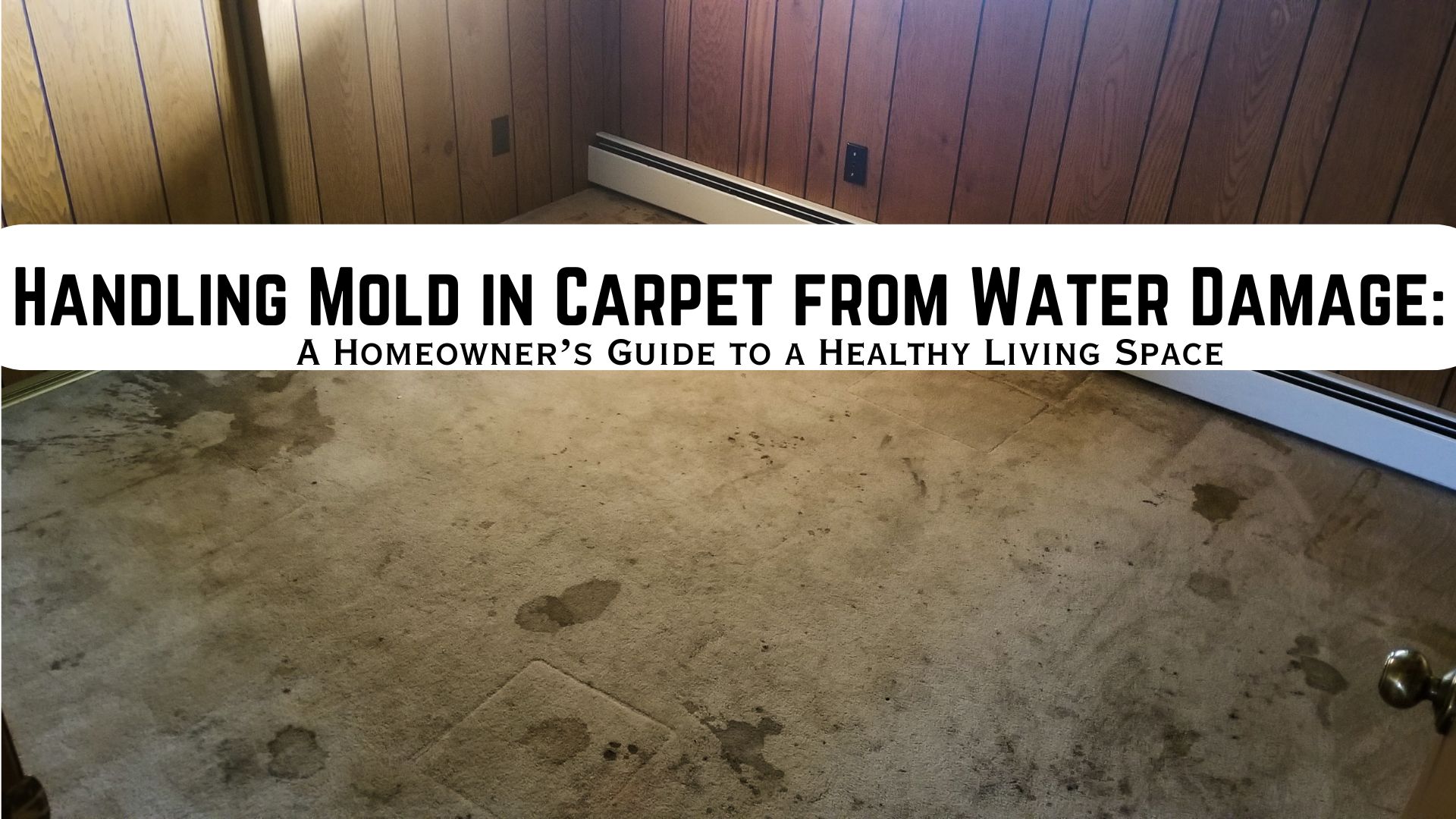Water damage is not an ordinary problem that many of us face. Whether it is caused by a natural disaster, plumbing issues, or appliance malfunctions, water can wreak havoc on your home’s flooring, especially hardwood floors. When it comes to addressing water damage, it is essential to understand the different types and amounts of damage that can occur. In this article, we’ll delve into the details of water damaged floorboards and provide tips on how to address the issue and prevent it from happening in the first place.
Understanding the Types and Amounts of Water Damage
- Clean water damage is when water has come into contact with a clean source, such as a burst pipe or leaky faucet. This type of damage is generally easier to address, and if the water is removed quickly, the chances of mildew growth are minimal. However, if left unattended for an extended period, clean water damage can still cause significant harm to your floors.
- Greywater damage is when water contains some contamination, such as from an overflowing washing machine or dishwasher. This type of damage requires more attention, as the water may contain bacteria and other harmful substances that can cause mildew growth and other health hazards.
- Blackwater damage is the most severe type of water damage and is caused by sewage backups or overflowing toilets. This type of damage requires immediate attention from a professional, as it can cause severe health hazards and structural damage.
Identifying Signs of Water Damage
One of the most critical steps in fixing water damaged floorboards is identifying the signs of water damage. Check the following most common signs of water damage:
- Cupping or buckling of hardwood flooring
- Discoloration or stains on the floorboards
- Soft or spongy areas on the floorboards
- Foul odors or signs of mildew growth
- Warping or cracking of the floorboards
If you notice any of these signs, it is essential to address the water damage immediately, as leaving it unattended can cause more significant problems in the long run.
Removing Water from Your Floors
When it comes to fixing water damaged floorboards, one of the most critical steps is removing the water as quickly as possible. The longer the water is left on your floors, the higher the chance of mildew growth and other harmful bacteria.
To remove water from your floors, follow these steps:
- Turn off or shut down the water source to prevent further damage.
- Use a wet vacuum/mop to eliminate as much water as possible.
- Use fans or dehumidifiers to dry out the floors.
- Monitor the area for any signs of mildew growth or damage to the floors.
It is crucial to act quickly when removing water from your floors, as waiting too long can cause irreparable damage.
Repairing and Replacing Water Damaged Floorboards
If you notice any signs of water damage, it is essential to address the issue immediately to prevent further damage. Depending on the severity of the damage, you may need to repair or replace your floorboards.
To repair water damaged floorboards, follow these steps:
- Sand down any cupping or buckling in the floorboards.
- Replace any severely damaged floorboards.
- Stain or refinish the floorboards to match the existing flooring.
If the damage is so serious, you may need to change the whole flooring. In some cases, engineered hardwood flooring may be a more water-resistant option than traditional hardwood flooring.
Prevent Water Damaged Floorboards
Water damage can really be challenging, however, there are several steps you can take to minimize the risk of damage to your floors. Some of the most effective ways to prevent water damage include:
- Regularly inspect your plumbing and appliances for any leaks or malfunctions.
- Keep your home’s humidity levels between 30-50% to prevent moisture buildup.
- Use water-resistant mats or trays under appliances and sinks to catch any spills.
- Install a sump pump or backup generator in case of flooding or power outage.
- Avoid overwatering indoor plants or using excess water when cleaning floors.
By taking these preventative measures, you can reduce the risk of water damage to your floors and ensure that your home remains safe and comfortable.
In conclusion, water damage can cause significant harm to your floors if left unaddressed. By understanding the types and amounts of water damage, identifying signs of damage, and taking quick action to remove water and repair or replace damaged floorboards, you can minimize the risk of further damage and prevent harmful mildew growth. Taking preventative measures to minimize the risk of water damage is also crucial in maintaining the longevity and beauty of your hardwood or engineered hardwood flooring. If you need help with water and mold damage issues, please don’t hesitate to contact one trusted company near you, Superior Restoration Temecula. Ready to help you 24/7.




